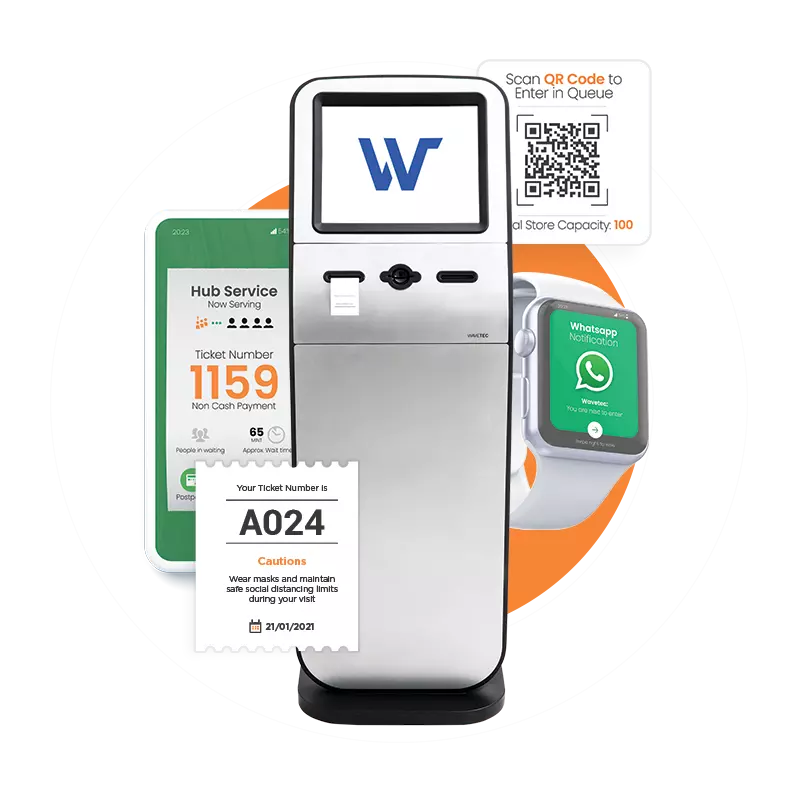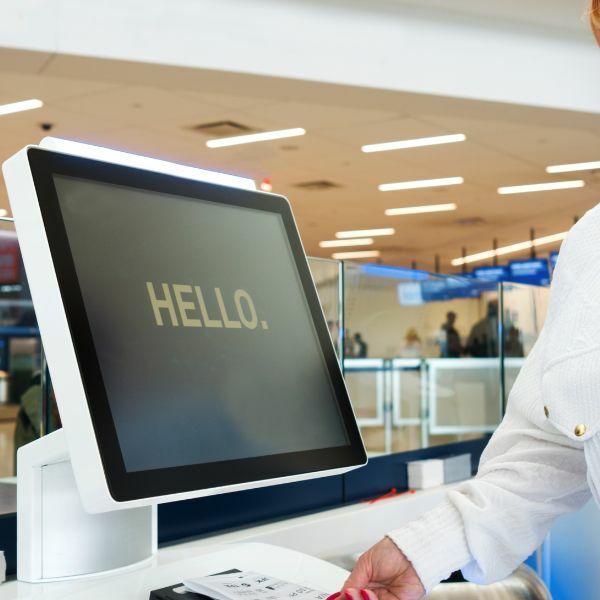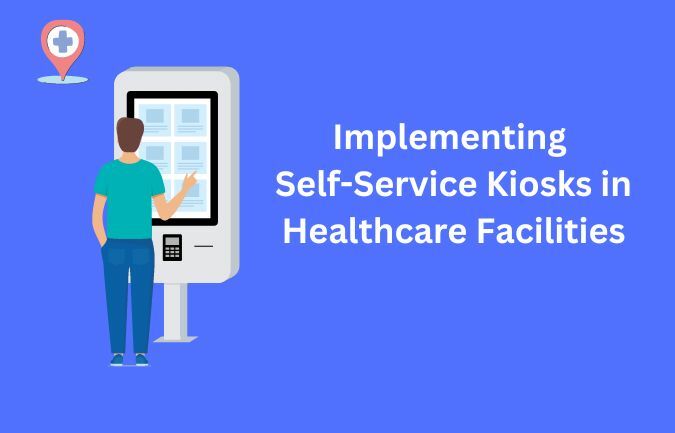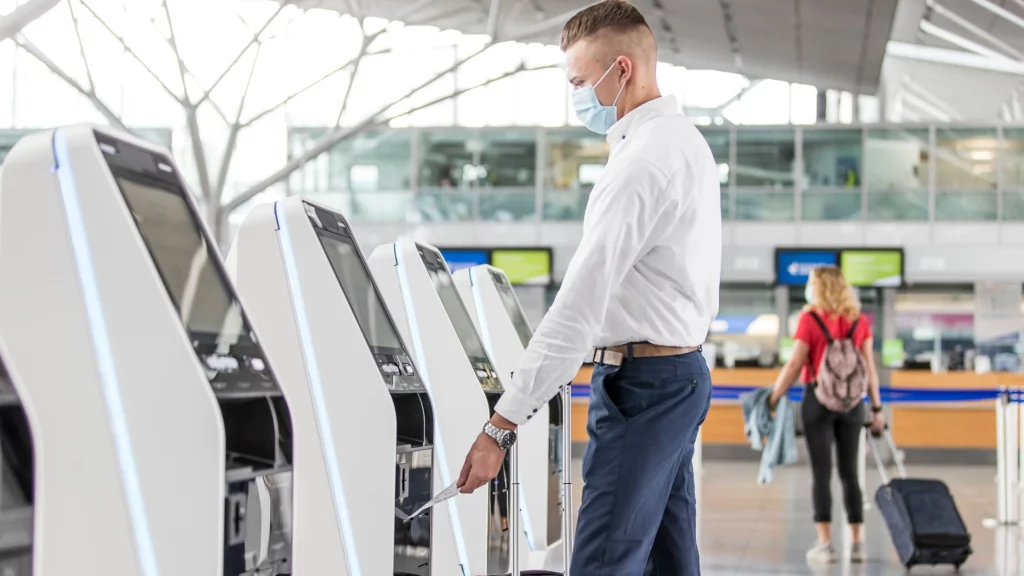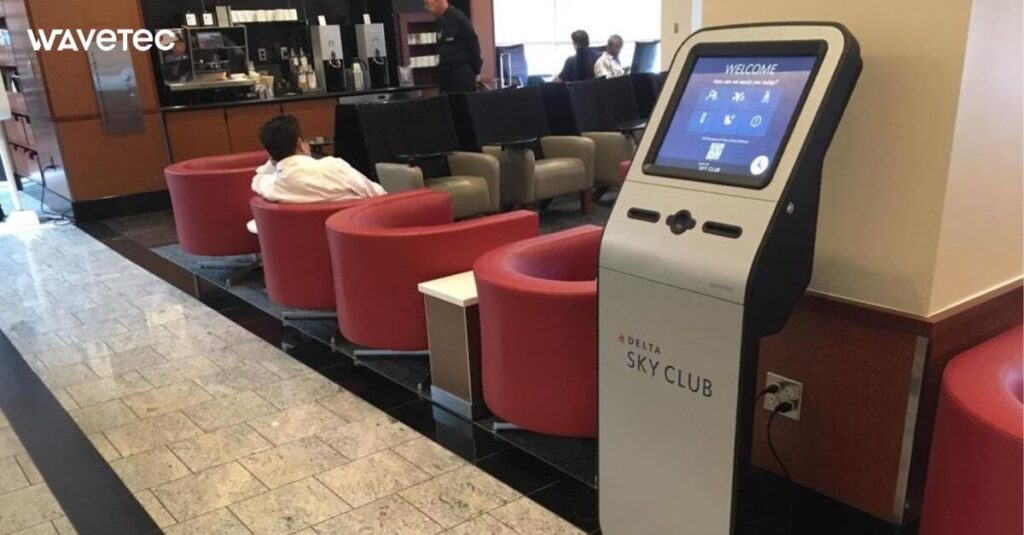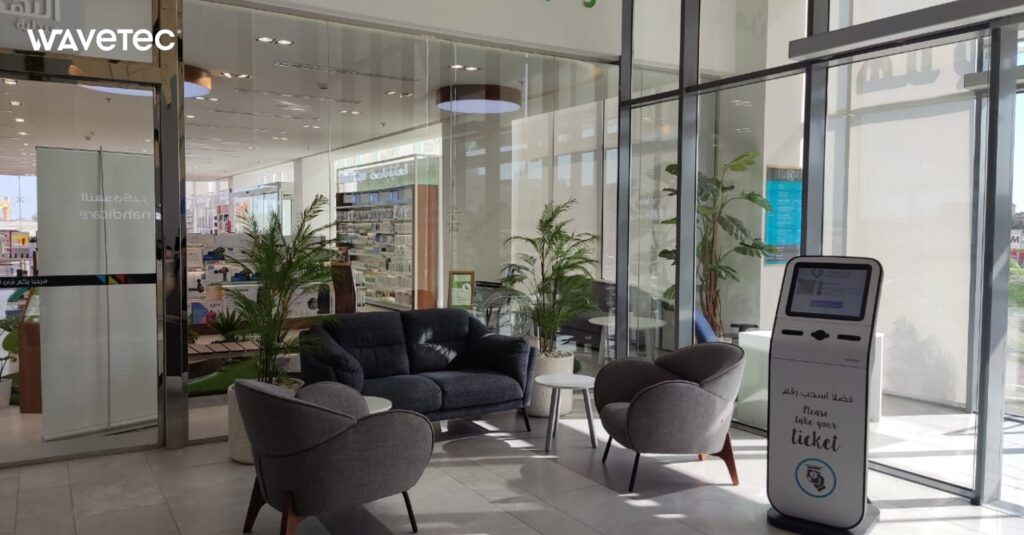Can self-service kiosks be the game-changer your business needs to boost the return on investments?
Self-service kiosks are interactive electronic terminals allowing users to perform various tasks independently. Services such as transactions, SIM dispensing, and ticketing do not always require direct human assistance.
Self-service kiosks are user-friendly interfaces, mostly touchscreens equipped with card readers, barcode scanners, or printers, thus making them versatile in multiple industries. But is it worth investing in for your business?
A good measure of your money is the return on investment (ROI), which considers the targets set, whether long-term or short-term projects. ROI will help you stay on track to achieving the key performance indicators (KPIs). This universal metric helps you better understand the growth that your company is making in the industry.
The main idea behind self-service kiosks is to make tiresome tasks efficient for customers. Don’t we all appreciate convenience in healthcare, banking, and telecom?
In this blog, we discuss the top ways Self-Service Kiosks boost revenue for businesses:
- Customized design and development
- Seamless integration
- Enhancing accuracy
- Embracing innovation
- Cost considerations
- Traditional staffing costs
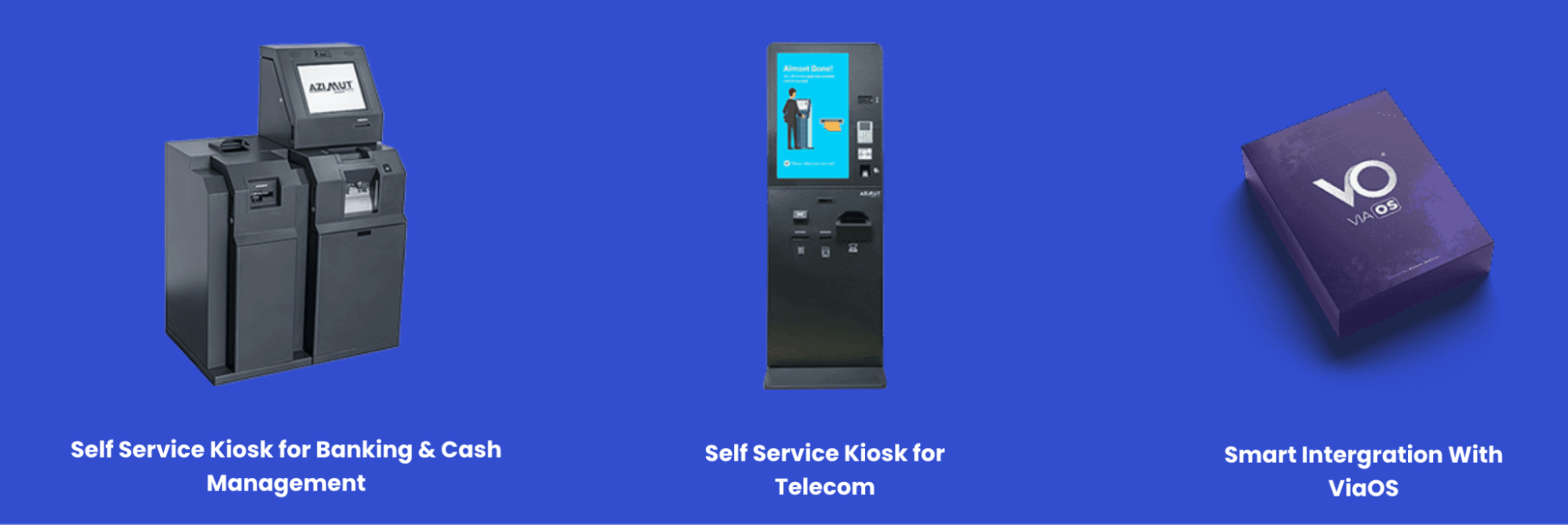
Customized Design and Development for Optimal Results
One of the significant benefits of self-service kiosks is the ability to customize the interface according to your business’s needs. It considers the demographics, branding requirements of the company, and consumer behavior.
Businesses can install user-friendly self-service kiosks that cater to a broader target audience. Self-service kiosks include multiple language options, accessibility features, and specific functionalities based on the requirements.
Moreover, privacy considerations and clear instructions are important aspects of the design in this industry. An easy-to-use and easy-to-understand self-service kiosk does not give customers anxiety and convinces them to try new technology. This approach encourages adoption and boosts ROI.
Equipped with machine learning and AI programs, self-service kiosks can identify areas for improvement in the business. Whether expediting transactions, reducing waiting times, or simplifying queuing, kiosks can optimize efficiency and productivity.
Remote monitoring capabilities allow proactive management of self-service kiosks. You can monitor the real-time performance and system health for timely maintenance, minimizing downtime, and ensuring optimal functioning.
Use the analytics on consumer behavior from self-service kiosks to understand preferences and trends. This information is essential in refining marketing strategies and continuously improving the kiosk experience.
Seamless Integration: A Critical Component for Efficiency and Success
Self-service kiosks have emerged as globally connected systems that allow seamless integration with the existing
processes. With cloud-based software, you can upload content from anywhere in the world.
This allows the integration of self-service kiosks with existing business systems, such as inventory management or customer relationship management (CRM) software. This ensures remote content management and uploading of promotional content as soon as it is launched.
With monitored and analyzed data flow, you eliminate the need for your finance team to deliver accurate manual reports. This integration enhances accuracy, saves time, and enables data-driven decision-making.
Another important feature of self-service kiosks for businesses is integrating product upselling and cross-selling. The kiosks can be leveraged to promote similar products or services as your customer recently indulged in. Offering personalized recommendations and relevant offers during self-service, you contribute to higher sales and improved ROI.
Monitor the success of self-service kiosks in your industry by tracking KPIs and usage patterns and identifying customer pain points. Collecting customer feedback via self-service kiosks allows you to review improvement areas and satisfy customers.
Enhancing Accuracy for Reduced Waste and Increased Efficiency
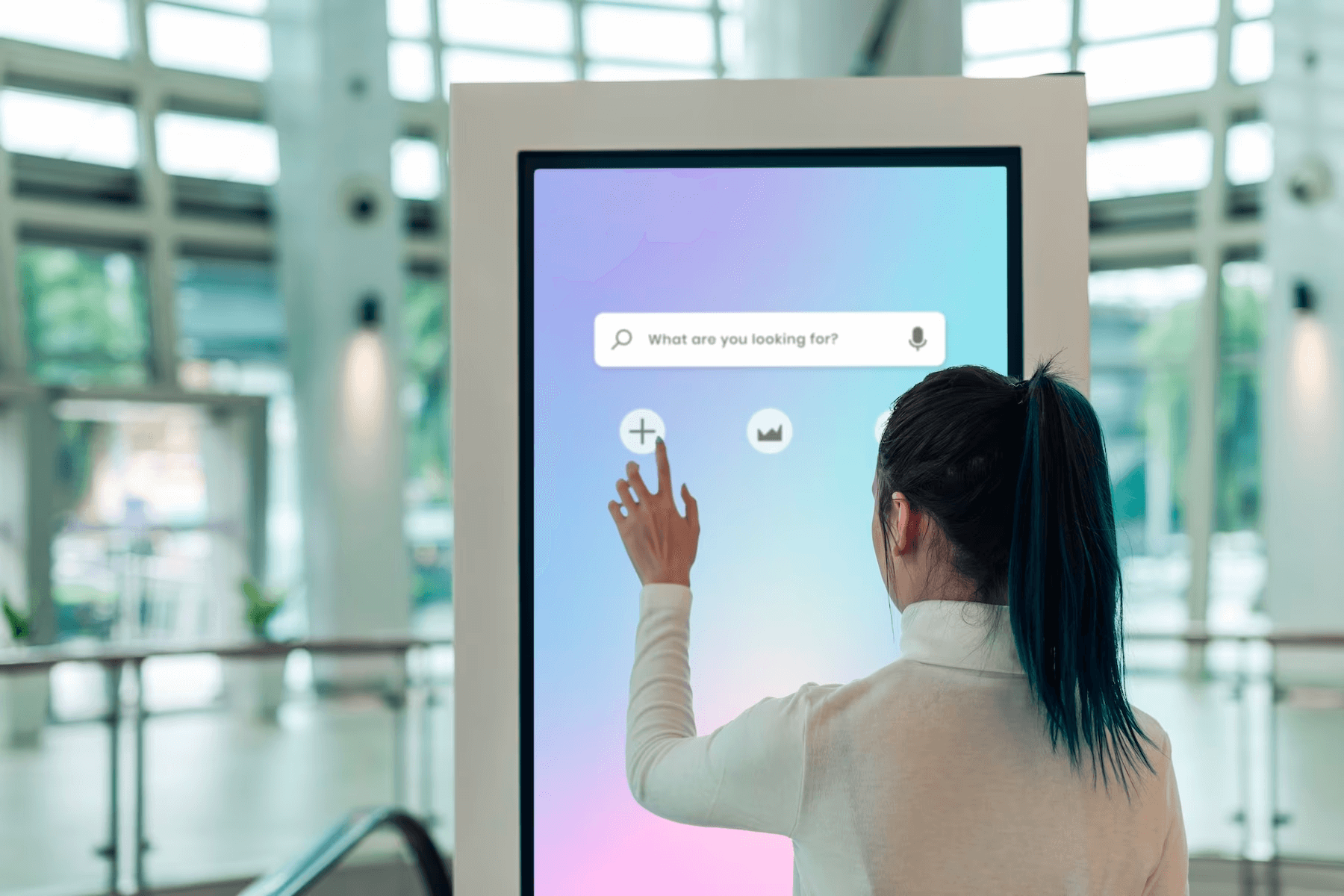
Repetitive tasks such as manual data entry can be standardized with self-service kiosks to eliminate human errors. This, in turn, ensures that data validation of payments, identification numbers, and personal details is automated. Moreover, the seamless integration of kiosks with a back-end payment system guarantees minimum discrepancies.
Kiosks can be essential for digital marketing, paperless transactions, and ticketing. It allows you to display information related to your business, such as a facility map. This reduces the need to give out brochures and waste paper.
Embrace Innovation: The Key to Staying Ahead of the Game
Companies dedicated to improving customer experience value the innovation in self-service kiosks. These have been the key to providing convenience to customers and helping them choose your company over your competitors.
Recent technological developments include contactless and gesture-based voice commands or proximity sensors. These are valuable in reducing the need for physical contact and promoting hygiene in hospital-based settings.
AI-powered virtual assistants answer customer queries and provide tailored recommendations based on the questions. Augmented reality has remarkably provided customers with an immersive and interactive experience. Interactive product demos, virtual navigation, and step-by-step guides promote user engagement.
Cost Considerations
Installing self-service kiosks has initial investments in hardware, software development and customization. Once done, ongoing maintenance, software updates, and technical support are also necessary monthly. Integration with existing systems may require additional development costs.
Calculating operational expenses and overhead electricity, internet connectivity, and licensing fees should be evaluated before investing. Necessary training has to be provided to employees to operate efficiently.
Although self-service kiosks bring benefits, a business must consider the abovementioned factors to calculate the ROI. Assessing financial viability determines long-term investment success, such as self-service kiosks.
Traditional staffing costs
Self-service kiosks handling routine tasks eliminate the need to hire additional staff members for managerial work. For example, customers can order via self-service kiosks in restaurants or obtain SIM cards in telecom stores.
Staff members can be reassigned to carry out complex tasks and focus on providing personalized customer service. This shift in responsibilities can enhance the quality of customer interactions and improve the overall customer experience.
This is an important tier of a business’s strategy to install self-service kiosks. Staff members feel less burdened and can make a customer’s visit memorable. Happy customers are returning customers!
Case Study:
Kcell Kazakhstan
Wavetec implemented a queue management solution by Wavetec for KCELL Kazakhstan to improve customer experience. The solution aimed to enhance the bank’s service efficiency and reduce waiting times.
Using advanced technology and digital signage, customers were guided through the queue process and provided real-time information on their turn. The system also allowed staff to manage customer flow and improve operations efficiently.
Cable and Wireless chooses Wavetec’s SIM Dispensing Solution.
Cable & Wireless, a telecommunications company, opted for Wavetec’s SIM Dispensing Solution. The self-service kiosk aimed to enhance the customer experience by automating and streamlining the SIM card dispensing process.
Wavetec’s KYC SIM card dispensers allow customers to collect their SIM cards without manual intervention conveniently. The kiosks offer a user-friendly interface, allowing customers to select their desired SIM card type and complete the necessary authentication process. Customers can also use the integrated mobile app to complete the pre-stages of receiving a SIM card.
It has significantly reduced customer wait times and eliminated the need for staff assistance, thereby improving operational efficiency. Customers appreciate greater control and convenience during the SIM card collection process.
HSBC Mexico Implements Wavetec’s Queue Management Solution
Wavetec offers Queue Management Solutions that have been implemented successfully by HSBC Mexico. These solutions help manage customer queues efficiently and enhance the overall banking experience.
Wavetec’s system includes ticketing kiosks, a real-time platform for monitoring and managing queues, and digital signage boards for display. This technology enabled HSBC Mexico to provide clear instructions to customers and improve staff productivity.
Final words
Self-service kiosks have been cutting down on manual work and making things run more smoothly while keeping customers happy and satisfied.
Learn how Self-Service Kiosk software development maximizes checkout and ROI by streamlining transactions and improving accuracy.
Contact us today and install a self-service kiosk in your facility!
BOOK A FREE DEMO